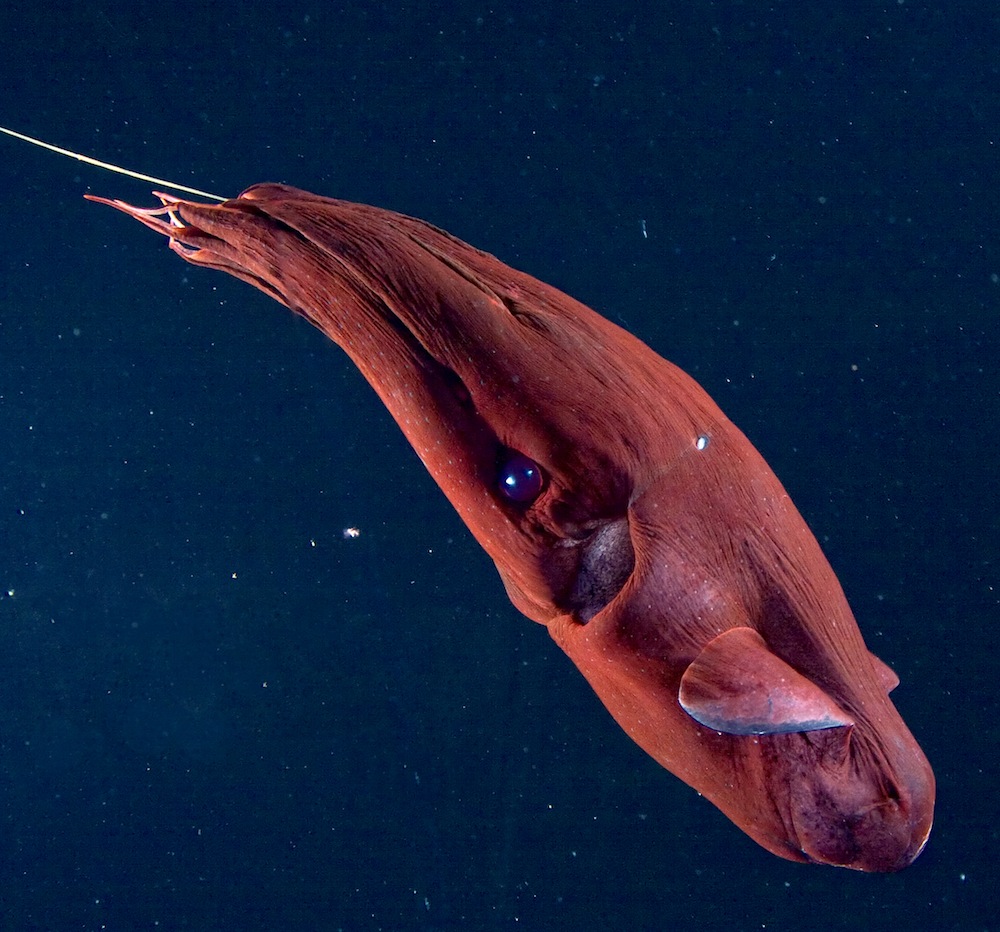When you buy through link on our site , we may bring in an affiliate delegation . Here ’s how it forge .
The females in one species of squid may have a natural defense for escaping unwanted manly attention : special light - reflecting cells that can make the illusion of testes .
Like many of its cousins , the opalescent inshore squid ( Doryteuthis opalescens ) of the Eastern Pacific Ocean is equipped withshimmery cell on its bodythat can change color for camo and communication .

Squid have special cells on their skin that allow them to change patterns of color for camouflage and communication.
But while hit the books the species , researcher at the University of California , Santa Barbara ( UCSB ) noticed that some opalescent inshore calamary had bright iridescent rainbow chevron underneath their fins . [ See Stunning Photos of Deep - Sea Squid ]
" Sometimes most of the squid in a batch would have them , sometimes none , " Daniel DeMartini , a UCSB doctorial bookman , said in a command . " After a while we started to realize the rainbow stripes were only seen in the female . "
In investigating the phenomenon , DeMartini found all female were open of producing these colorful stripes . A peek at the underlying tissue under a microscope showed that it was full of iridocytes — the cells that give these calamari their iridescent , rainbow markings . What ’s more , these patches of iridocytes were pack with layer of a lightly - exchange protein known as reflectin , making them six times brighter than other splodge of the color - changing cells , the researcher said .

As these rainbow streak emerge on the squid , so did a bright white spell on the squid ’s eubstance that was made up of leucophore cells , which also contain reflectin proteins but only give off white light .
The researcher say this is the first time " switchable " leucophores have been regain in calamari . Experiments showed that the blank - colored cell turn on in response to the neurotransmitter acetylcholine , just as iridocytes do .
" This find reveals a fundamental relationship between the switchable leucophores and the tunable color - producing iridocytes , suggesting they share a mechanism at the molecular level , " DeMartini said .

DeMartini noted that the white stripe look very like to the white egg seen in virile calamari . Turning on these leucophores could help female look like male person to stave off care from notoriously aggressive males , the researcher say .
Scientists are concerned in studying the color - change properties of squid cellular telephone as a potential mannequin for bio - inspire adaptive optics . They also go for to learn more about how cephalopods communicate .
lately , researchers strapped anunderwater camera on the baffling jumbo squidto determine it flashing its colors in its innate home ground . The calamary seemed to make jump red - and - white color signal when they play another individual of their species , the researchers observed , though it was not readable what the signs might think .
















